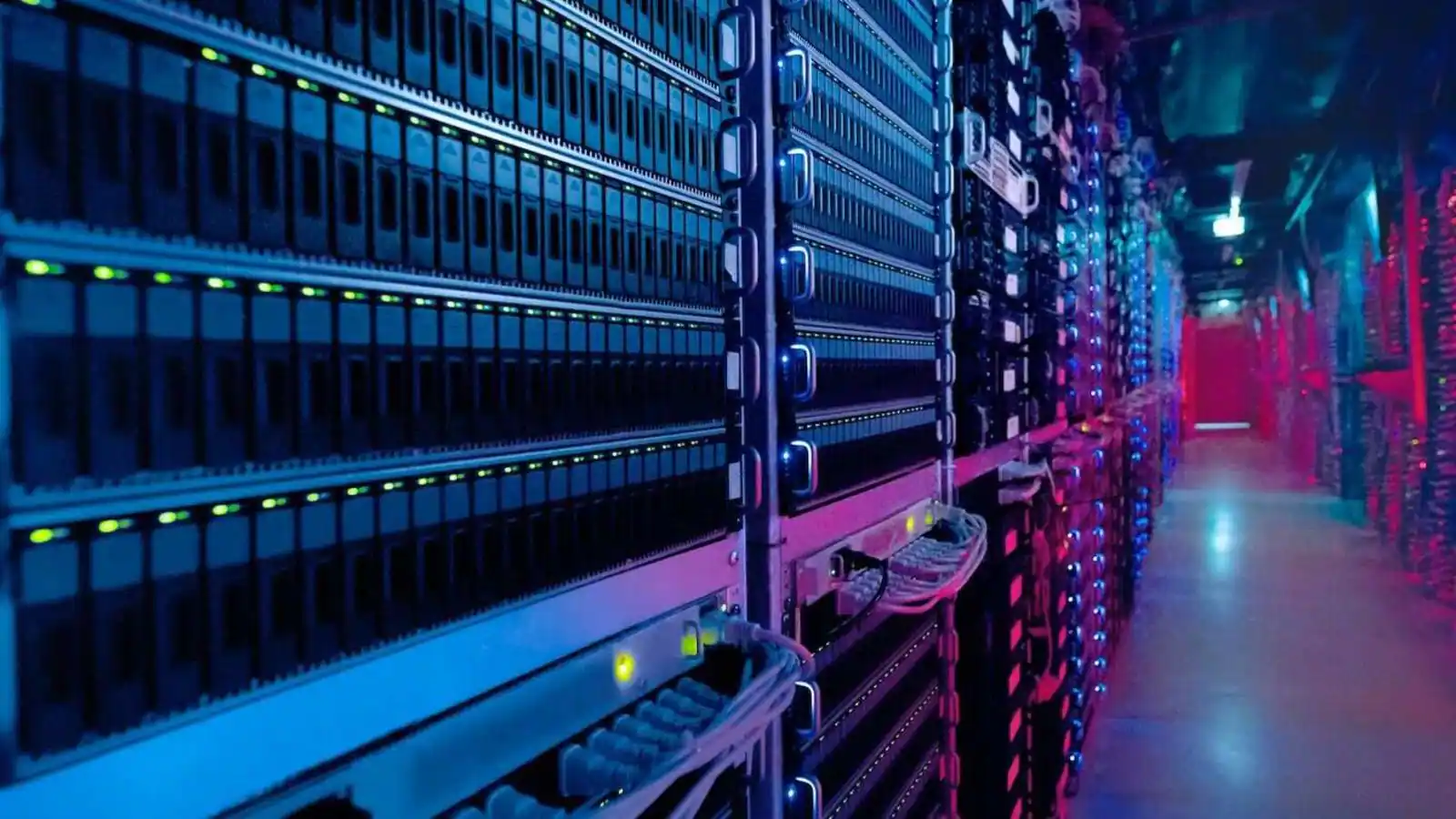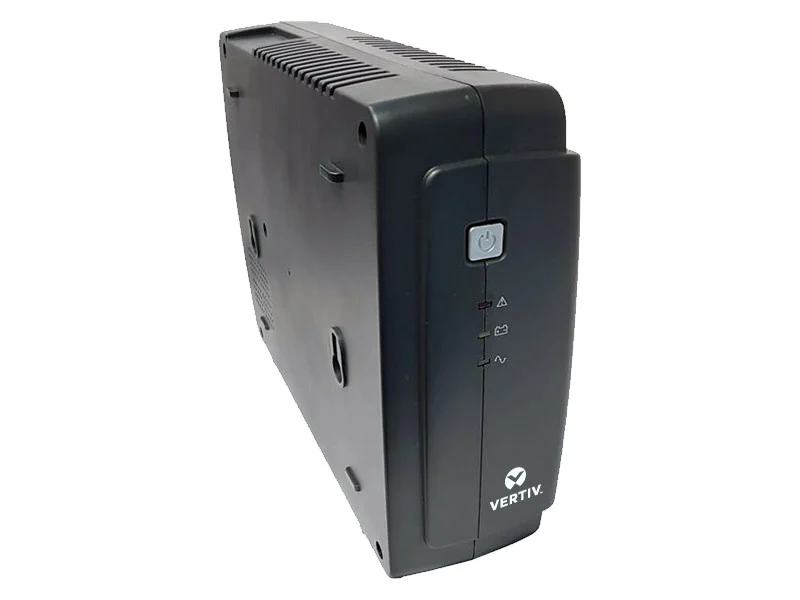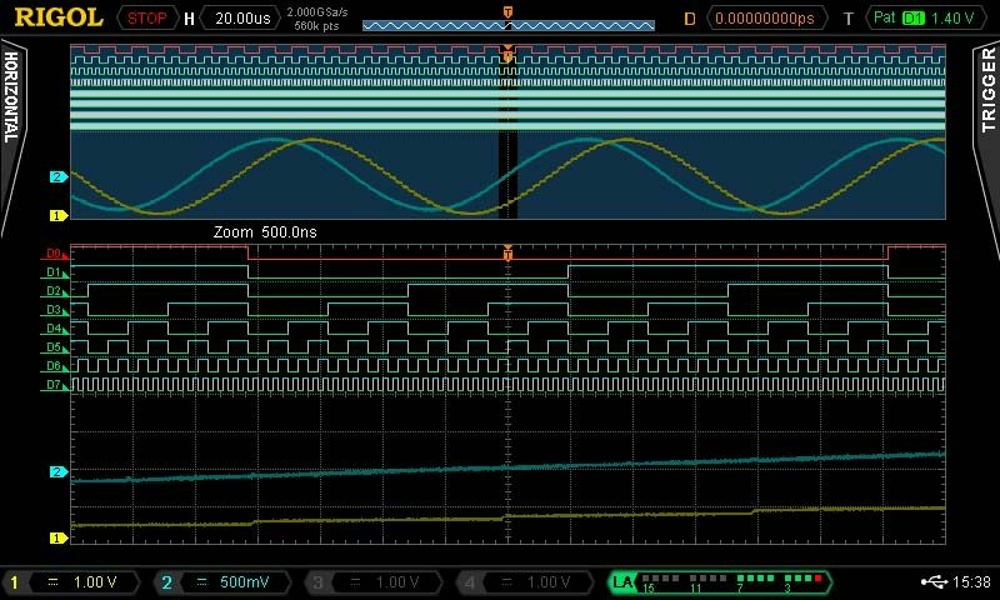In an era marked by an exponential surge in digital activities, the establishment of data centers has witnessed an unprecedented rise. This surge, in turn, has brought to the forefront the critical need for seamless connectivity between these data centers, enabling them to communicate effectively. As businesses increasingly rely on data-driven processes, the robust interconnection of data centers becomes paramount in facilitating efficient operations and enabling rapid information exchange.
Understanding Data Center Interconnect (DCI)
Data Center Interconnect (DCI) is a pivotal technology that facilitates the connection of two or more data centers, spanning both short and extensive distances. This interconnection not only links physical devices such as routers, switches, servers, and firewalls across different data centers but also supports crucial functions like backup, IT management, business continuity, and disaster recovery. The utilisation of distributed exchange points hosted in vendor-neutral or colocation facilities is instrumental in establishing interconnections between data centers. DCI plays a pivotal role in optimizing resource allocation, particularly in scenarios where demand or traffic experiences exponential growth.
The Imperative of Data Center Interconnection
The contemporary landscape is characterised by a surging demand for Software as a Service (SaaS) offerings, remote work adoption, and cloud computing, underscoring the indispensability of robust connectivity for businesses. Swift and responsive communication between users and data centers has become paramount. The advent of hybrid IT solutions has catalysed a substantial upsurge in data center traffic, magnifying the significance of establishing robust interconnections between these data centers. The multi-dimensional connectivity offered by interconnectivity proves invaluable in the connected era, driving the reduction of latency and subsequently enhancing user experience while optimizing costs.
Diverse Approaches to Interconnection
Diverse circumstances demand tailored approaches to data center interconnect initiatives. Several avenues include:
- Peering Exchange: Functioning as a marketplace for Internet Service Providers (ISPs), peering exchanges facilitate direct IP traffic exchange, fostering mutual benefit. This minimises expenses associated with third-party networks and augments end-user experience through optimal network routing.
- Cross Connect: Establishing a physical cable connection directly between two termination points within a data center, cross-connects are primarily employed for creating direct links between individual units.
- Inter-Site Connectivity: This form of connectivity involves establishing physical or virtual connections between data centers to mitigate link failures, balance loads, and alleviate traffic congestion.
- Blended IP: A blended IP service amalgamates multiple ISP connectivity options into a single, dependable, and redundant connection, enhancing data transfer speeds compared to single-provider solutions.
Data Center Providers vs. Telecom Service Providers
Data center providers offer a distinct advantage over telecom service providers by affording access to multiple networks, ensuring redundancy. These providers have the capacity to design customised Data Center Interconnect solutions tailored to enterprise workloads, fostering scalability and aiding organizations in meeting their disaster recovery and business continuity needs. Open standards-based Data Center Interconnect technology underpins this flexibility, critical in the multi-cloud era. Additionally, data center providers offer a centralised connectivity option regardless of the customer’s infrastructure location, eliminating the need to approach hyperscalers or telcos separately.
Empowering Hyperscalers
The escalating proliferation of digital activities has driven the demand for hyperscale data centers to unprecedented levels. However, the rapid growth of hyperscale data centers hinges on strategic collaboration with colocation or edge data center providers. These collaborations enable hyperscalers to leverage interconnected data centers for rapid expansion, bridging geographical gaps to bring services closer to end-users. In the bustling technological hub of Mumbai, data center interconnectivity is especially crucial to support the region’s thriving digital ecosystem.
Collaboration with major Internet Exchanges further reduces costs and bandwidth expenses for hyperscale data centers, as localized traffic exchange becomes more prevalent through interconnected data centers. The integration of a data center in Mumbai, a dynamic hub of technological innovation, amplifies the significance of establishing seamless interconnectivity to cater to the burgeoning digital needs of the region.
Data Center Interconnect: A Compelling Necessity
In today’s digital landscape, Data Center Interconnect is not just a choice but a compelling necessity. It is instrumental in enhancing connectivity while optimising operational costs. Recognising the transformative influence of the Internet on the economy, Data Center Interconnect emerges as a pivotal technology, enhancing affordability and significantly elevating access speeds by routing traffic locally, thus reducing reliance on international routes.
Shaping the Connected Future
As digital activities continue to burgeon, the role of Data Center Interconnect remains pivotal in shaping the connectivity landscape and fostering a more seamlessly interconnected digital ecosystem. The surge in data center creation, underscored by the rise of digital services and remote work trends, accentuates the need for effective interconnection strategies. As the digital landscape evolves, embracing Data Center Interconnect is not just a strategic move but an essential ingredient for success in an increasingly interconnected world. The robust interconnectivity facilitated by DCI is poised to underpin the future of digital connectivity, empowering businesses and users alike.








